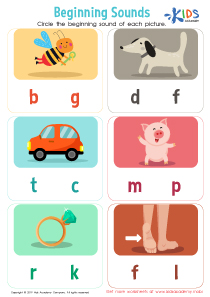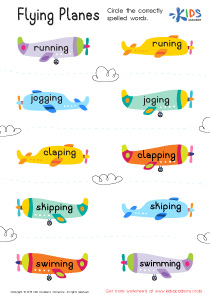Letter recognition Letter Sounds Worksheets for Ages 4-8
15 filtered results
-
From - To
Our "Letter Recognition and Letter Sounds Worksheets" are designed specifically for children aged 4-8 to foster early literacy skills. These engaging, age-appropriate resources enhance letter recognition and phonemic awareness through fun activities. Children will explore each letter's name and corresponding sound while developing fine motor skills with tracing and writing exercises. Our worksheets promote interactive learning, helping young learners build a solid foundation in reading and spelling. With colorful illustrations and exciting challenges, your child will love mastering the alphabet! Perfect for both classroom and at-home use, these worksheets make learning letters enjoyable and accessible to every young learner.
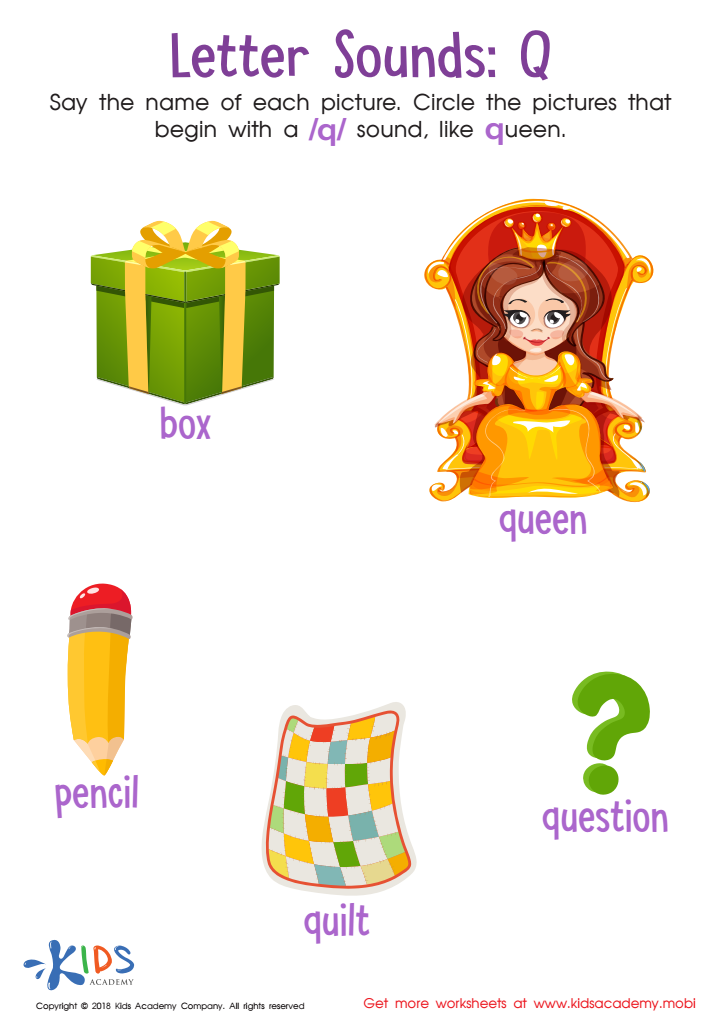

Letter Q Sounds Worksheet


Letter P Sound Worksheet
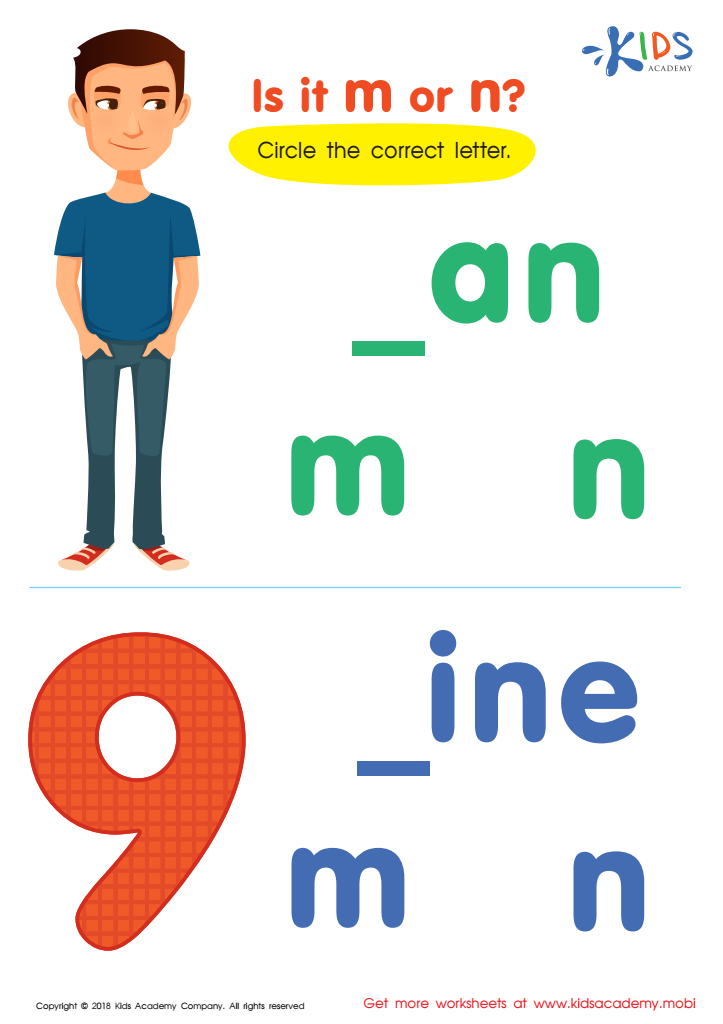

Is It m or n? Worksheet
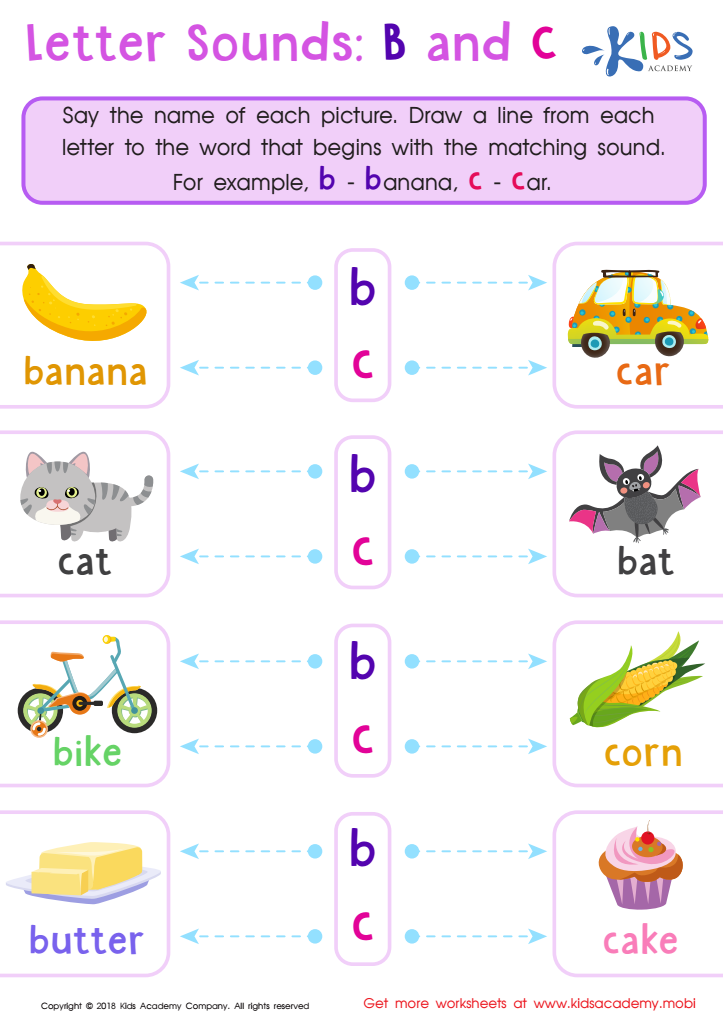

Letter B and C Sounds Worksheet
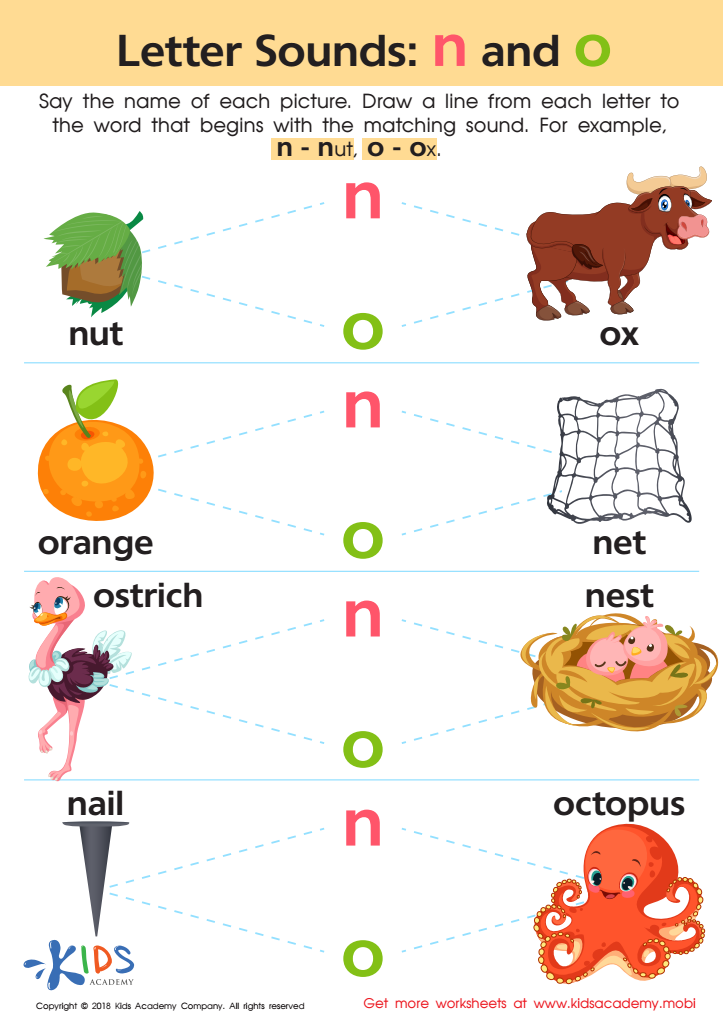

Letter N and O Sounds Worksheet
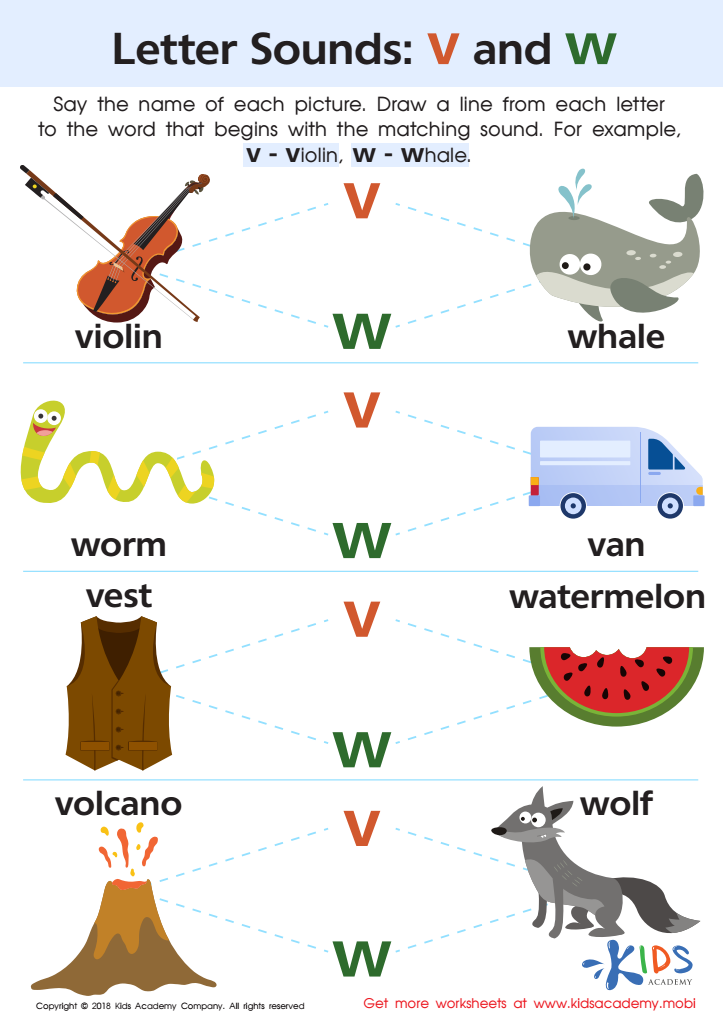

Letter V and W Sounds Worksheet
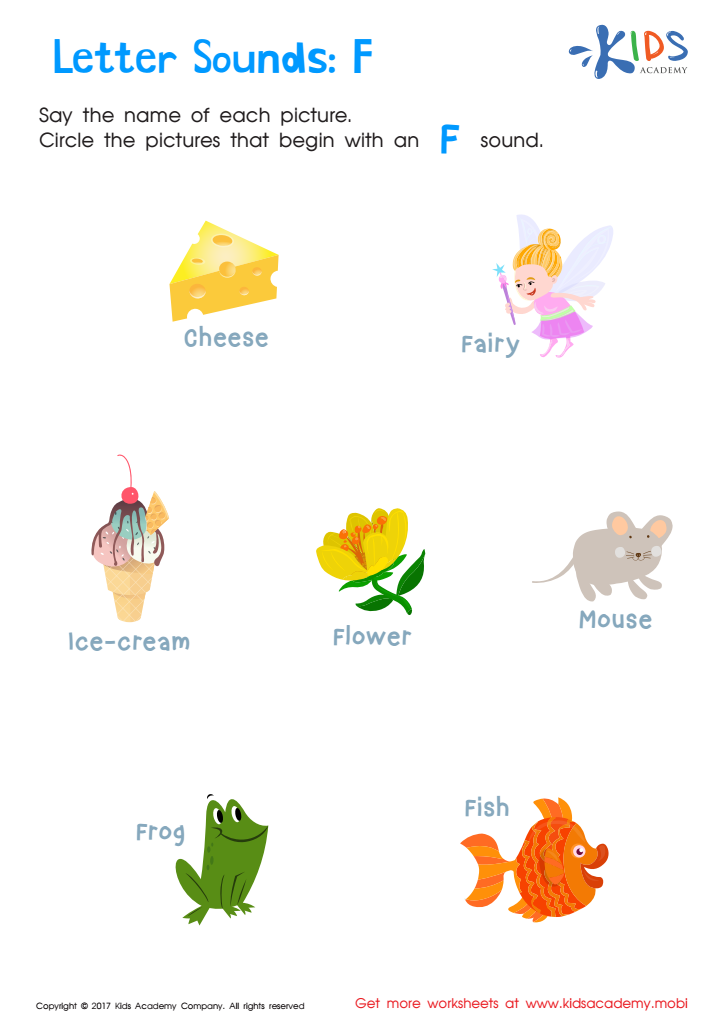

Letter F Sounds Worksheet
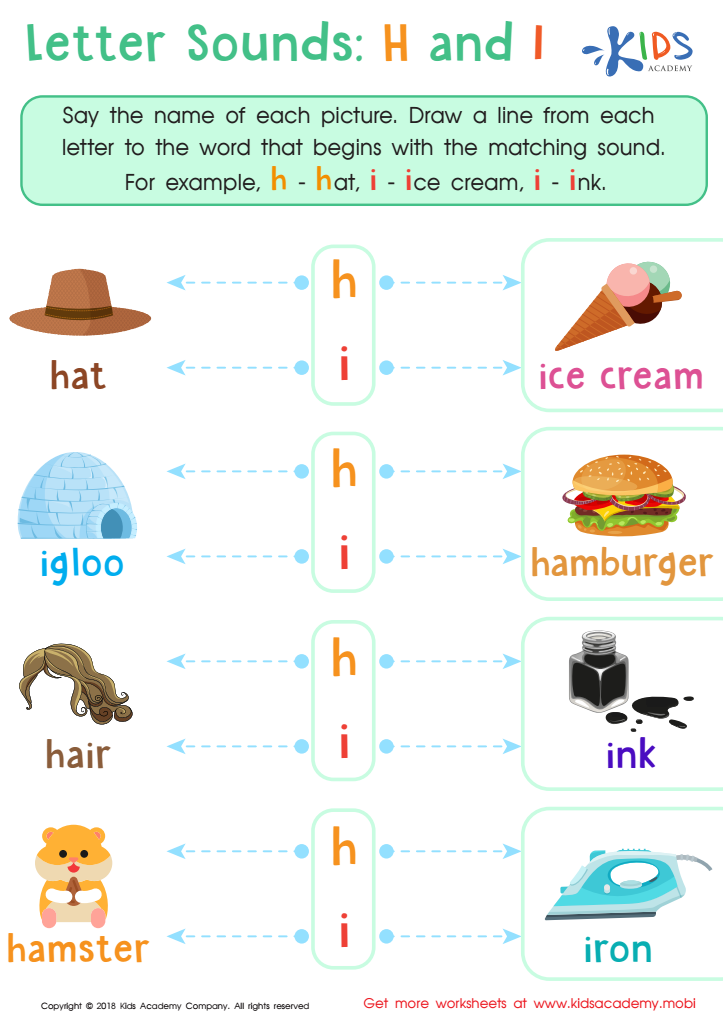

Letter H and I Sounds Worksheet
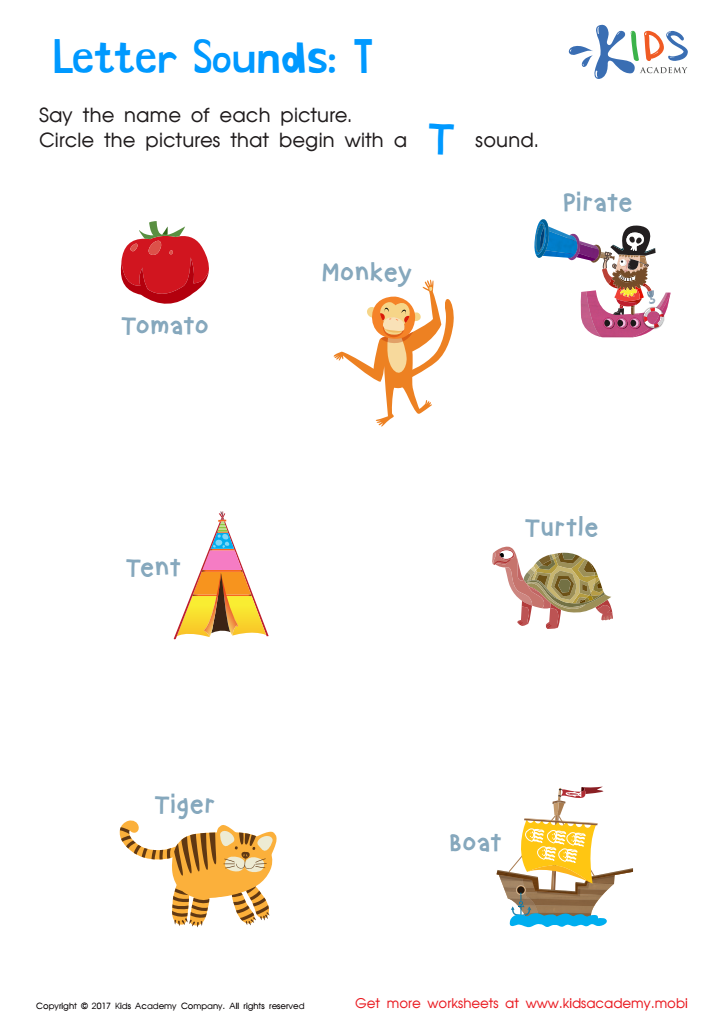

Letter T Sounds Worksheet
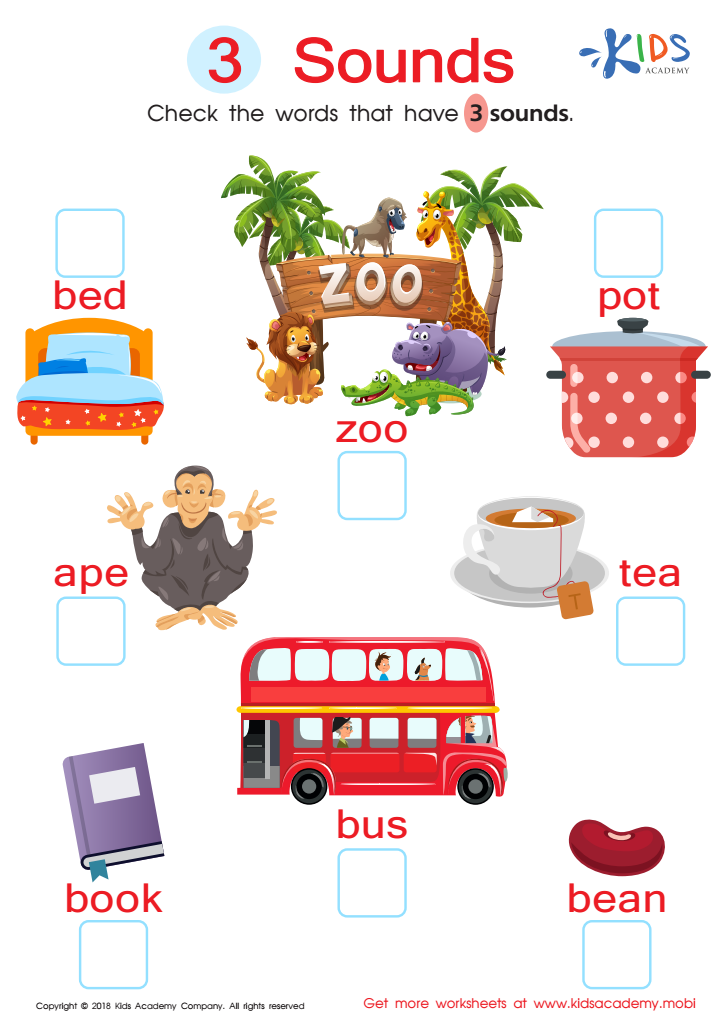

3 Sounds Worksheet
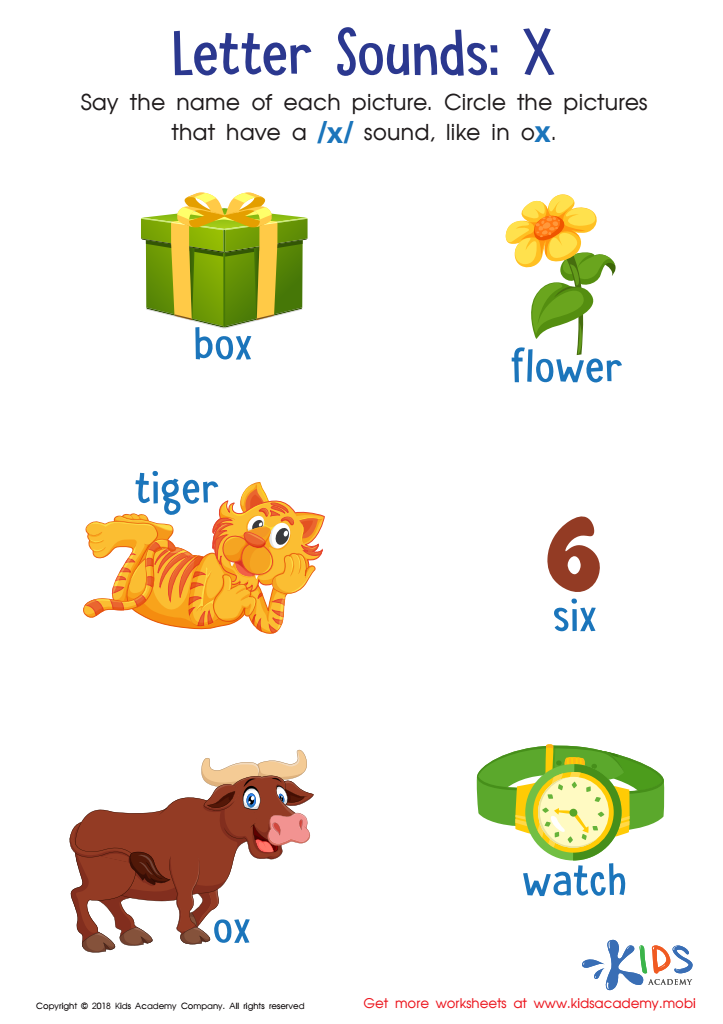

Letter X Sounds Worksheet
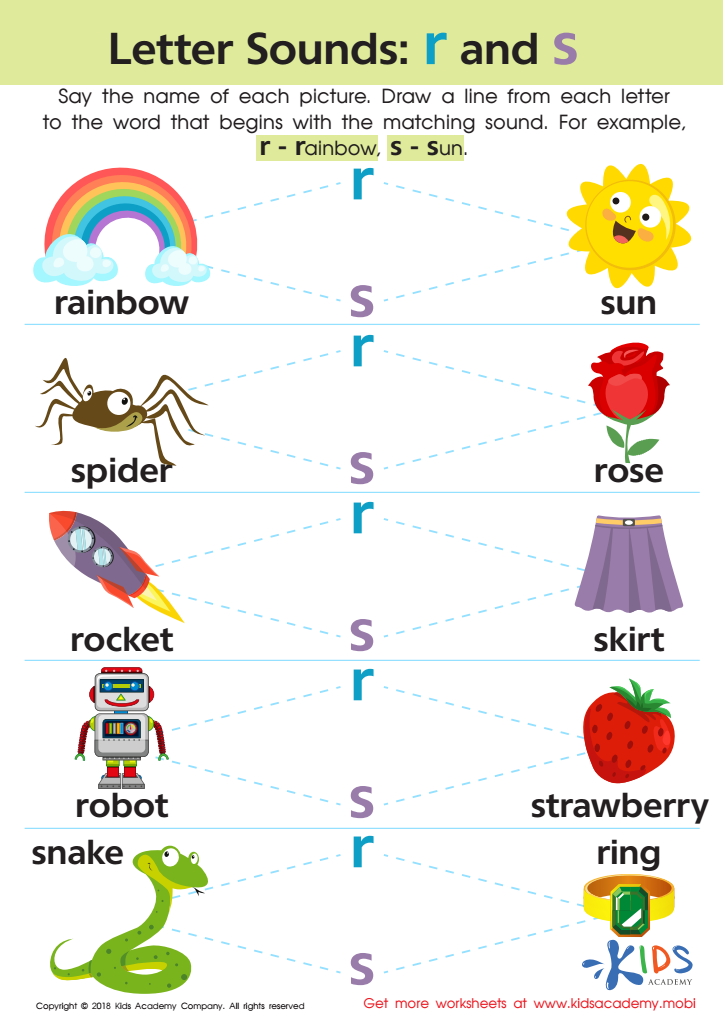

Letter R and S Sounds Worksheet


Letter l and M Sounds Worksheet
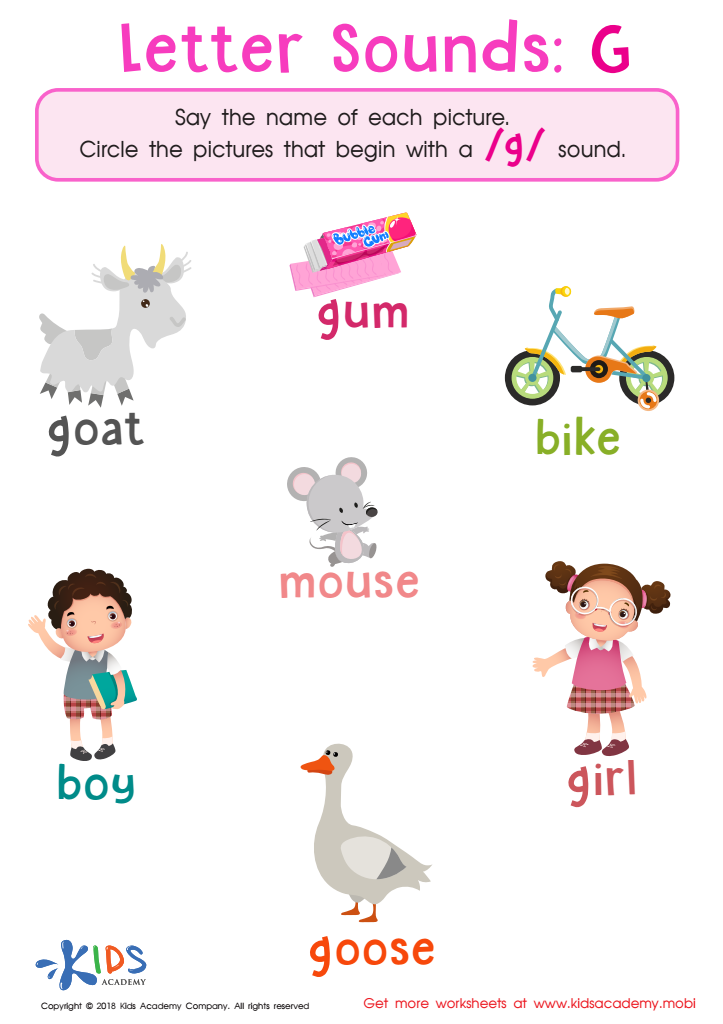

Letter G Sounds Worksheet
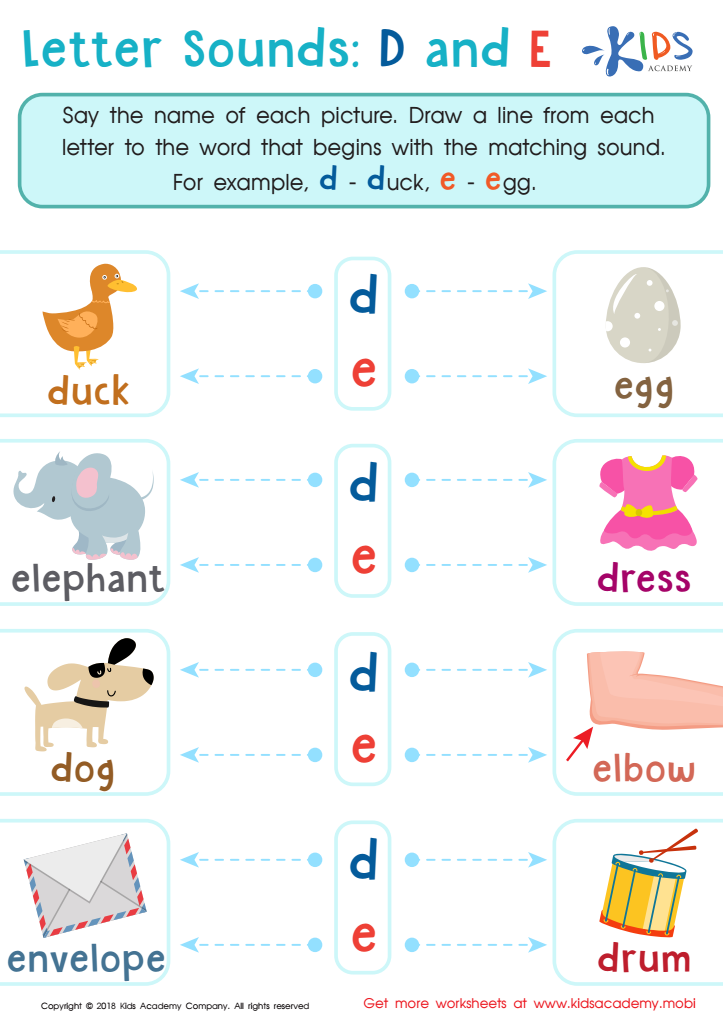

Letter D and E Sounds Worksheet
Letter recognition and letter sounds are foundational skills crucial for literacy development in children aged 4 to 8. Parents and teachers should prioritize these skills because they are the building blocks for reading and writing.
Letter recognition involves identifying and naming letters, while letter sounds refer to the phonetic sounds associated with those letters. Mastering these skills enables children to decode words, leading to greater reading fluency. Early exposure to letter recognition helps cement visual memories of the alphabet, making it easier for children to familiarize themselves with different words in context.
Additionally, phonemic awareness—understanding that words are comprised of sounds—is vital for spelling and vocabulary development. When children grasp the sounds associated with letters, they gain confidence in their ability to communicate effectively, which enhances their overall academic performance.
By engaging in activities like reading together, singing alphabet songs, or playing letter recognition games, parents and teachers can create a rich learning environment. This support fosters a love for literacy, promotes cognitive development, and ultimately lays the groundwork for lifelong learning. Investing time in these early skills pays dividends, equipping children with the necessary tools to succeed as they transition into more complex literacy tasks.

 Assign to My Students
Assign to My Students













